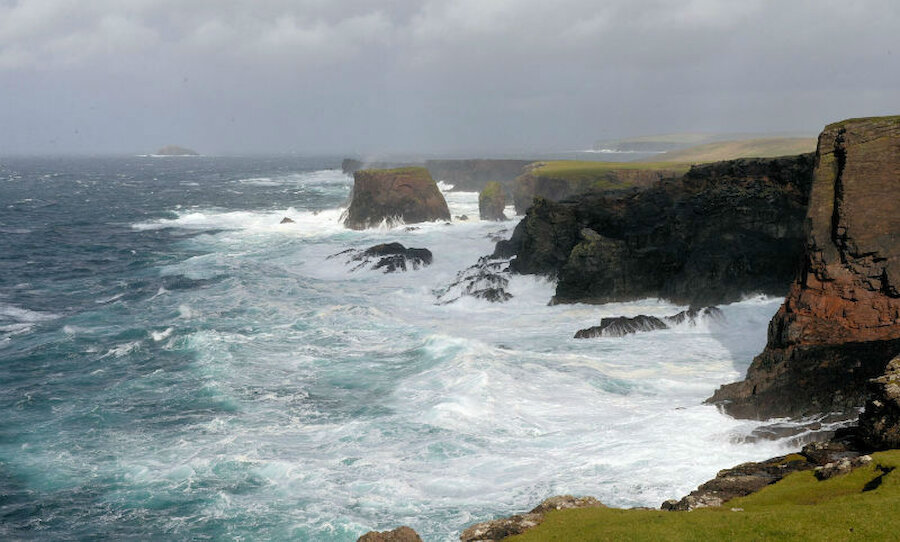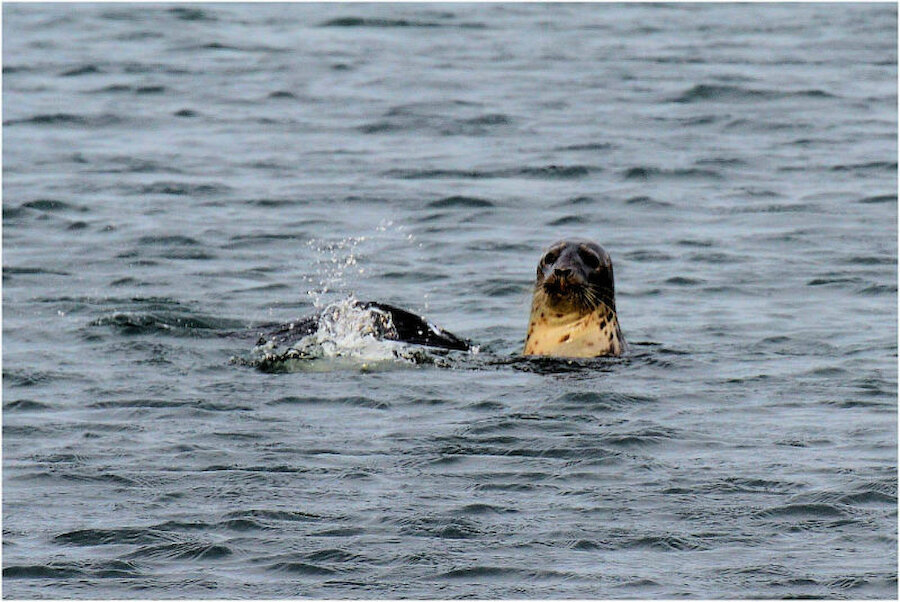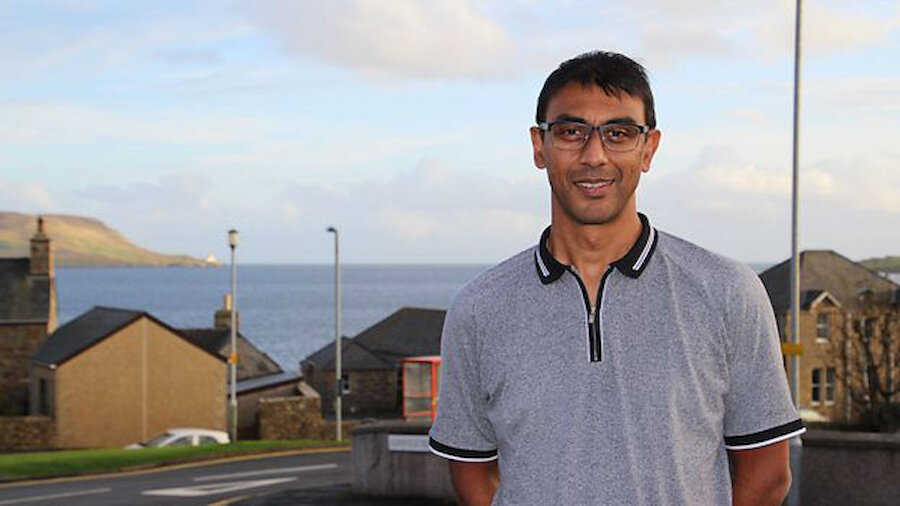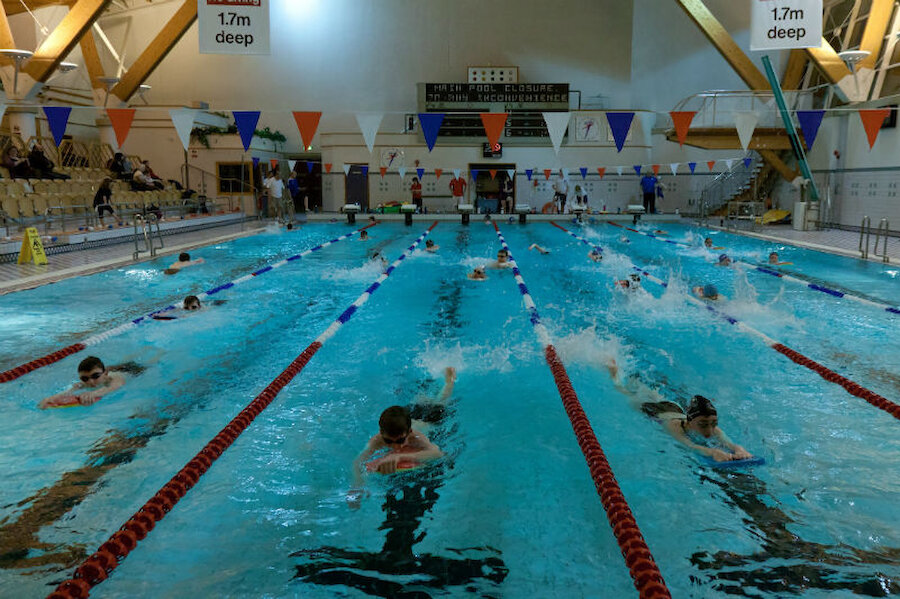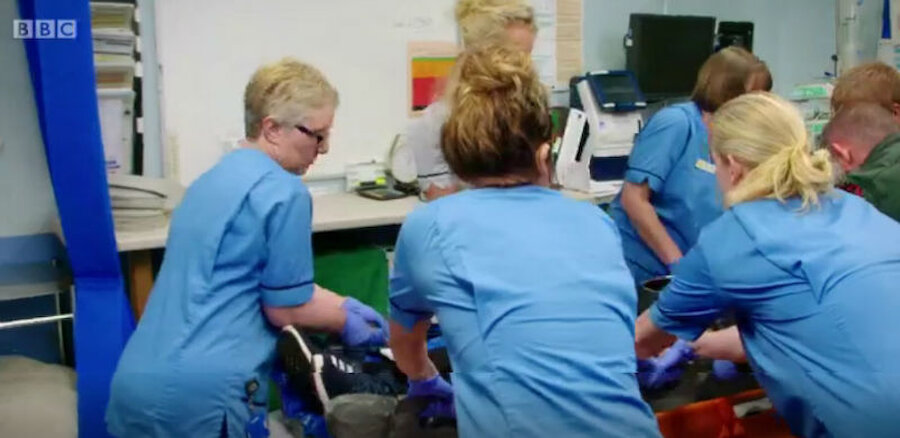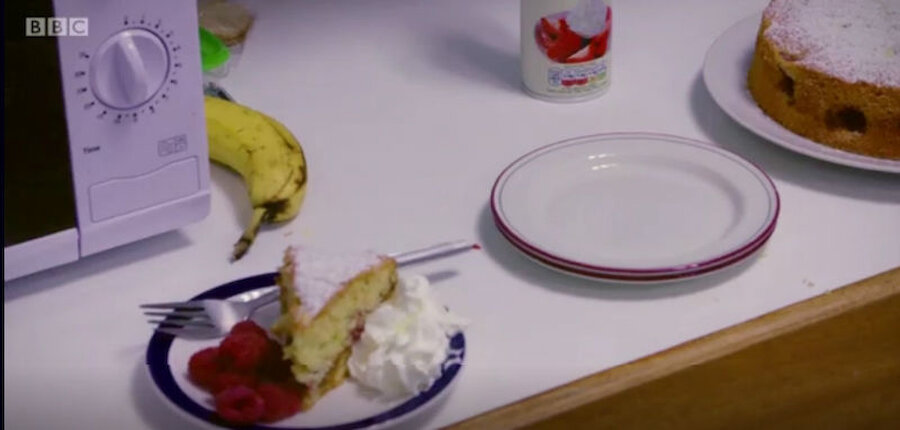For two weeks and over ten episodes, beginning on Monday 4 December, BBC1 viewers across the UK were given an intimate insight into the wide-ranging work of Shetland’s Gilbert Bain Hospital and the other healthcare services in the islands.
However – as became clear in the first episode – the Gilbert Bain isn’t just a hospital for the 23,000 people who live in Shetland. It’s also the first medical port of call for the North Sea oil and fishing industries. What’s more, its cheerful staff care for any of the thousands of visitors who arrive in Shetland every year, including those on the many cruise liners that call at Lerwick in the summer.
That means that the hospital has to be equipped and staffed to deal with every eventuality, from a sprained knee or a splinter in a finger to the most serious injuries arising from accidents on- or offshore. The most complex cases are transferred by air ambulance to Aberdeen and in one episode, nurse Emma Williamson was seen accompanying a patient on the journey.



